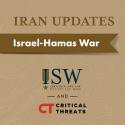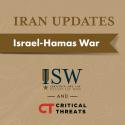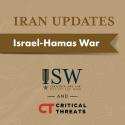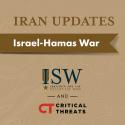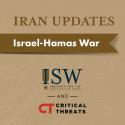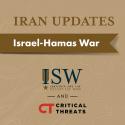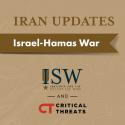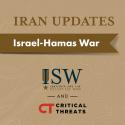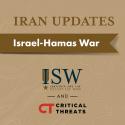Iran Update, January 8, 2024
Jan 8, 2024 - ISW Press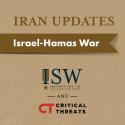
Palestinian militias are continuing to report attacks in the northern Gaza Strip to their higher headquarters after their fighters return to rear areas. The delays in reporting may indicate a loss of command and control over some units that are engaged with Israeli forces, as CTP-ISW previously assessed. Hamas’ military wing, the al Qassem Brigades, claimed on January 8 that its fighters “returned from the [frontlines in northwest Gaza City]” and reported that they fired anti-tank rocket-propelled grenades (RPG) at an Israel Defense Forces (IDF) Engineering Corps armored personnel carrier. These fighters' inability to communicate with higher headquarters until returning to rear areas means that their commanders may be unable to transmit orders to fighters engaged with the IDF. These possible difficulties in command and control extend to other Palestinian militia groups fighting in the northern Gaza Strip. The Popular Front for the Liberation of Palestine’s (PFLP) military wing, the Abu Ali Mustafa Brigades, claimed on January 8 that it reestablished ”contact with combat units” and confirmed that its fighters targeted three IDF vehicles with unspecified weapons in Tuffah in the northern Gaza Strip.


